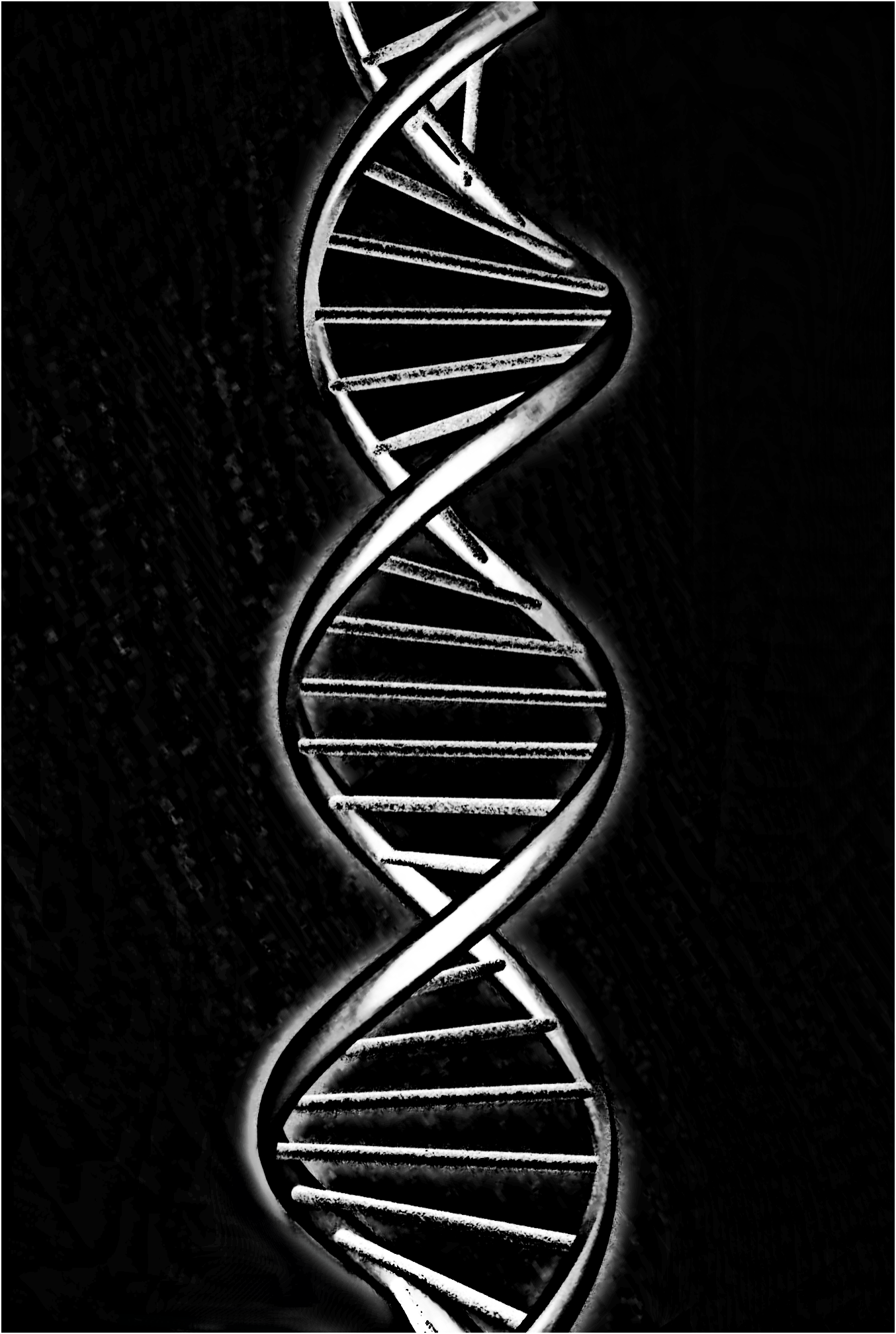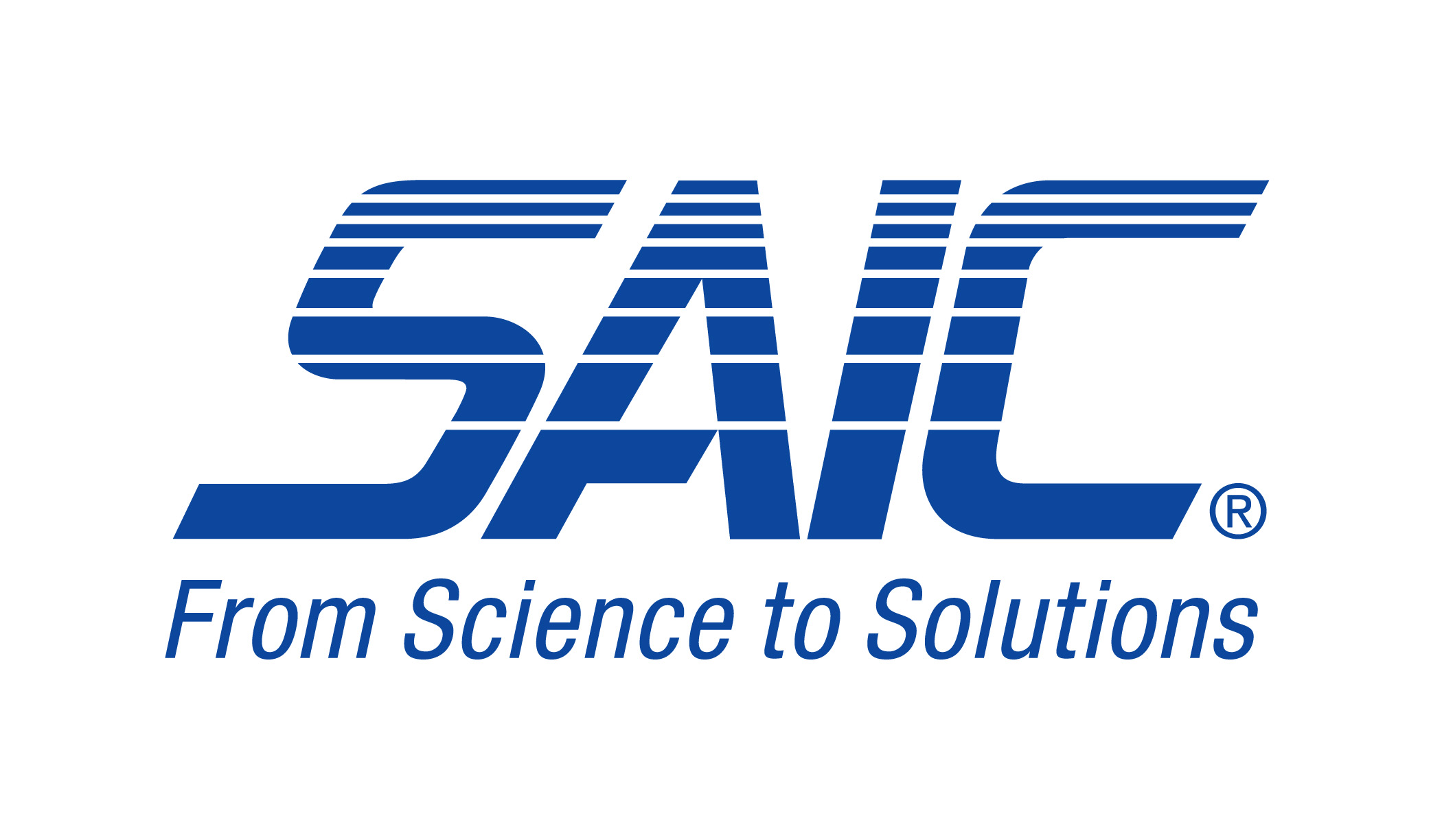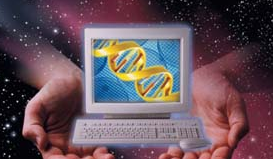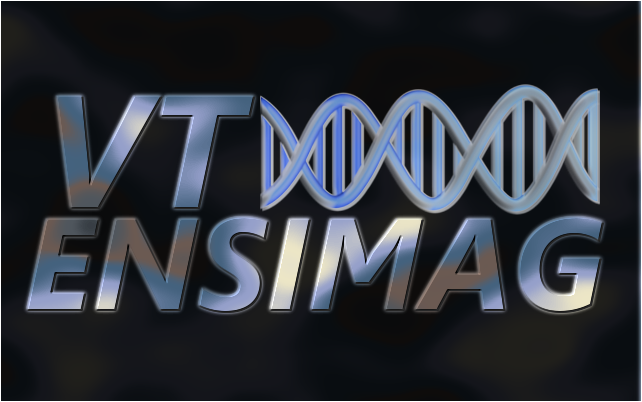Team:VT-ENSIMAG/Genothreat
From 2010.igem.org
| Line 10: | Line 10: | ||
We have developped different versions in order to optimize the time execution or the cpus' utilisation according to the use ([[#Different implementations]]). | We have developped different versions in order to optimize the time execution or the cpus' utilisation according to the use ([[#Different implementations]]). | ||
| - | = | + | =General algorithm= |
Following the federal guideline, the first step is to do the six frame translation ([[Team:VT_Ensimag_2010-Biosecurity/sixframe|See More]]) in order to have the corresponding amino-acid strands. We also keep the initial nucleotid strand and its reversed DNA sequence ([[/Why?]]). So we have now 8 sequences to screen (6 amino-acid, 2 nucleotides). | Following the federal guideline, the first step is to do the six frame translation ([[Team:VT_Ensimag_2010-Biosecurity/sixframe|See More]]) in order to have the corresponding amino-acid strands. We also keep the initial nucleotid strand and its reversed DNA sequence ([[/Why?]]). So we have now 8 sequences to screen (6 amino-acid, 2 nucleotides). | ||
Then, we divide each sequence in 200bps nucleotide or 66 amino-acid subsequences. | Then, we divide each sequence in 200bps nucleotide or 66 amino-acid subsequences. | ||
| Line 16: | Line 16: | ||
Each sub-sequence is then blasted, and we extract the relevant information from the blast output. | Each sub-sequence is then blasted, and we extract the relevant information from the blast output. | ||
For each sub-sequence, we have to decide if it's a hit or not ([[Team:VT_Ensimag_2010-Biosecurity/BestMatch|See More]]). | For each sub-sequence, we have to decide if it's a hit or not ([[Team:VT_Ensimag_2010-Biosecurity/BestMatch|See More]]). | ||
| - | [[Image:VTENSI_Algo.jpg|center| | + | [[Image:VTENSI_Algo.jpg|center|380px]] |
| - | If one sub-sequence is a hit for our algorithm, then it means that a 200bps sequence | + | If one sub-sequence is a hit for our algorithm, then it means that a 200bps sequence potentially dangerous has been detected. The sequence will be so flagged, and a result file containing all the select agent found and some more information will be created. |
| + | =Different options= | ||
| + | Around this algorithm, we have developed different options to use the sequence screening. We can use it to just screen one sequence, or a group of sequence from our test database, or screen sequence from the iGEM registry or GenoCAD database. The parameter on some versions can also be changed in creating a new set of parameters. | ||
=Different implementations= | =Different implementations= | ||
| + | Our main issue in implementing the software is the ressources-consuming(time and computational ressources) of blast. In order to get rid of it, we have tried different implementation of our algorithm. | ||
| + | # '''OnlineBlast''' | ||
| + | #: In this version we use the ncbi remote blast (). Our software send the subsequences to be blasted to the website, wait for the result and extract it. | ||
| + | #: * Advantages: not computational intensive (just need a connection), fast for one blast alone (20s for 200 bps). | ||
| + | #: * Drawbacks: can't be fasten (e.g. by parallelisation) due to ncbi's restrictions (not more than three request by second and result file need to be access before send a new one), and the lack of privacy by sending informations via the Internet. | ||
| + | The last drawback (privacy issue) is a big concern for us, as the gene synthesis companies won't want to send customer data on the Internet. That's mainly why we had to create other implementations. | ||
| + | |||
| + | |||
| + | |||
}} | }} | ||
Revision as of 20:00, 9 August 2010
GenoTHREAT
|
Global presentationThe software, GenoTHREAT takes a DNA sequence on input, and in return told the user if it's a dangerous sequence which need further investigation or if the sequence can be synthetised. It follows the algorithm given by the federal guidelines, and so uses the Blast software for sequence alignement. For managing the sequence (six-frame translation, reversed frame, extracting sub-sequence), we use Biojava, a bio-informatics toolbox ([http://www.biojava.org/wiki/Main_Page 1]). GenoTHREAT has been coded in Java, and is working on both Windows and Linux distribution. We have developped different versions in order to optimize the time execution or the cpus' utilisation according to the use (#Different implementations). General algorithmFollowing the federal guideline, the first step is to do the six frame translation (See More) in order to have the corresponding amino-acid strands. We also keep the initial nucleotid strand and its reversed DNA sequence (/Why?). So we have now 8 sequences to screen (6 amino-acid, 2 nucleotides).
Then, we divide each sequence in 200bps nucleotide or 66 amino-acid subsequences.
If one sub-sequence is a hit for our algorithm, then it means that a 200bps sequence potentially dangerous has been detected. The sequence will be so flagged, and a result file containing all the select agent found and some more information will be created. Different optionsAround this algorithm, we have developed different options to use the sequence screening. We can use it to just screen one sequence, or a group of sequence from our test database, or screen sequence from the iGEM registry or GenoCAD database. The parameter on some versions can also be changed in creating a new set of parameters. Different implementationsOur main issue in implementing the software is the ressources-consuming(time and computational ressources) of blast. In order to get rid of it, we have tried different implementation of our algorithm.
The last drawback (privacy issue) is a big concern for us, as the gene synthesis companies won't want to send customer data on the Internet. That's mainly why we had to create other implementations. |
 "
"






